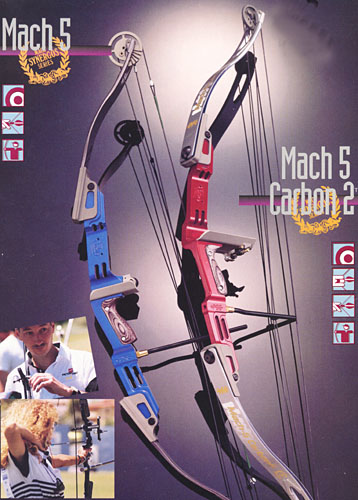
The second thing this principle has in view is a systems perspective i.e., the ability to do mass and energy balances around a unit operation, a chemical process, a facility, or an even larger, more comprehensive and complex system like an industrial park or petrochemical complex. Most chemists and chemical engineers are less familiar with properties related to toxicity to environmental organisms and humans, and this is one of the things this principle has in view. Chemical engineers are also more familiar with properties like flammability, explosivity, compressibility, viscosity, and other properties that affect heat and mass transfer, etc. Chemists and chemical engineers are most familiar with properties like boiling point, melting points, freezing points, vapor pressure, water solubility, and so forth. David Constable, Director, ACS Green Chemistry Institute ®Īll chemicals have properties that help us to characterize and differentiate them from each other. Here are 5 sports car designs that aged like milk, and 5 that aged like fine wine.Designers need to strive to ensure that all materials and energy inputs and outputs are as inherently nonhazardous as possible.Ĭontributed by Dr. The 1980s were definitely pivotal in terms of automobile design. Nissan got a perfect combination of beauty and performance with the game-changing Skyline GTR R32. Ford learned from their past mistake from the same decade and redesigned the Mustang with much more personality and charm.


On the other hand, Lancia developed a beautiful-looking 037 to compete with Audi in WRC ‘83. Aston Martin had recently found its form back, and they came up with an astounding V8 Vantage designed by Zagato. On the other side of the pond, Italian supercars started getting more and more popular and desirable.But not all experimental designs were complete disasters. Smaller sports cars with smaller engines became more feasible and popular. Instead, the Japanese Domestic Market took their place on the highest pedestal. The days of big long sedans with equally big engines were officially gone.

The 1973 Oil Crisis completely changed the direction where the industry was headed. We saw everything from failed Countach-inspired wedge-shaped disasters to small hatchback-sized sports cars packing a V8.

Sports cars are one of the categories that were most experimented on. With experiments, comes both success and failure. One of the reasons behind it was that it saw many automobile manufacturers indulge in experimental designs during that time. The ‘80s was a great decade for the automotive industry.


 0 kommentar(er)
0 kommentar(er)
